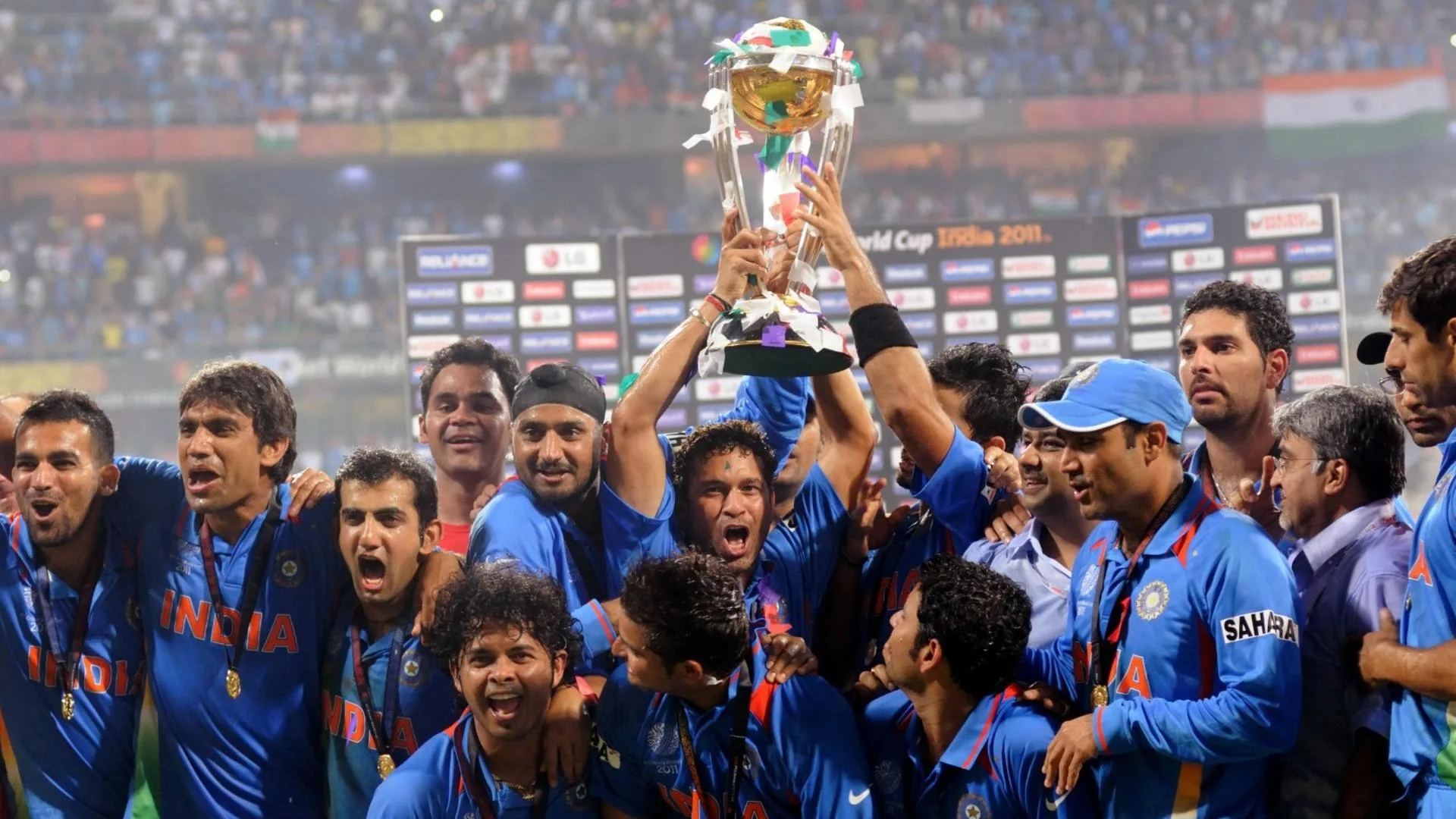
The ICC Cricket World Cup, the pinnacle of One Day International (ODI) cricket, has been a glorious journey through the decades, showcasing the evolution of the sport, the emergence of new cricketing powerhouses, and the unforgettable moments etched in cricketing history.
Since its inception in 1975, the tournament has grown from modest beginnings into a global extravaganza, and in this article, we take you on a journey through the years to witness the remarkable evolution of the ODI World Cup.
1975-1983: The Birth and Rise of Limited-Overs Cricket
The inaugural Cricket World Cup in 1975 marked the birth of limited-overs cricket on the international stage. The tournament, held in England, featured eight teams and matches played in traditional whites with red cricket balls. It was a groundbreaking concept, and the West Indies emerged as the first-ever World Cup champions.
The subsequent editions in 1979 and 1983 witnessed the West Indies and India capturing the titles, respectively. The 1983 World Cup, held in England again, was a watershed moment as India, led by Kapil Dev, defeated the mighty West Indies in the final, showcasing the growing competitiveness of ODI cricket.
1987-1996: Colors, Floodlights, and New Champions
The 1987 World Cup, hosted by India and Pakistan, introduced colored clothing, floodlights, and a white cricket ball, transforming the aesthetics of the game. Australia lifted their first World Cup trophy, marking the beginning of their ODI dominance.
The 1992 edition in Australia and New Zealand further evolved the tournament. South Africa made its World Cup debut, and Pakistan emerged as the champions under the captaincy of Imran Khan. It was the first World Cup with a round-robin format, paving the way for increased matches and competitiveness.
1999-2007: Innovations and Sub-Continental Dominance
The late ’90s and early 2000s brought several innovations to the World Cup. The 1999 edition in England saw the introduction of Super Sixes, providing more opportunities for the top teams to compete. Australia continued their dominance, winning their second title.
The 2003 World Cup in South Africa featured the Super Six and Super Eight stages, ensuring a longer and more competitive tournament. Australia secured their third consecutive title under Ricky Ponting’s leadership.
The 2007 World Cup, hosted by the West Indies, was marked by an unfortunate incident – the death of Pakistan coach Bob Woolmer. Australia extended their reign, winning their fourth consecutive title, further asserting their ODI supremacy.
2011-2019: The Rise of New Contenders
The 2011 World Cup held in the Indian subcontinent showcased the rise of new cricketing contenders. India clinched their second World Cup title under the leadership of MS Dhoni, while Sri Lanka and Bangladesh reached the final four, signifying the growing competitiveness of Asian teams.
In 2015, Australia reclaimed the trophy on home soil, defeating New Zealand in the final. The tournament also witnessed Afghanistan’s World Cup debut, highlighting the global expansion of the game.
The 2019 World Cup in England and Wales featured a round-robin format, allowing each team to play against every other team. This edition brought forth thrilling matches, including the epic final between England and New Zealand. England secured their first-ever World Cup title in a dramatic Super Over finish.
2023 and Beyond: A Global Cricketing Extravaganza
As we look forward to the 2023 World Cup, to be hosted entirely by India, the tournament promises to be a global cricketing extravaganza. It will feature ten teams.
The 2023 edition also marks the return of the World Cup to India, a country with an insatiable passion for cricket. The tournament’s success will not only be measured by the quality of cricket on display but also by the experiences shared by fans from different corners of the world.
Moreover, the advancement of technology and the use of Decision Review System (DRS) have added new dimensions to the game. The ODI World Cup is no longer just about runs, wickets, and catches; it involves strategic reviews, ball-tracking technology, and the quest for perfection.
In recent years, ODI cricket has also seen the emergence of T20-style power-hitting, innovative stroke play, and aggressive captaincy. The boundaries have been pushed, and teams are consistently aiming to score 300-plus runs, making matches more thrilling and unpredictable.
As cricketing nations strive for excellence, the evolution of the ODI World Cup continues. With the advent of franchise-based T20 leagues, players are exposed to diverse playing conditions and pressure situations, enhancing their adaptability and skill sets.
Also, see:
Mitchell Starc’s injury update ahead of World Cup 2023
